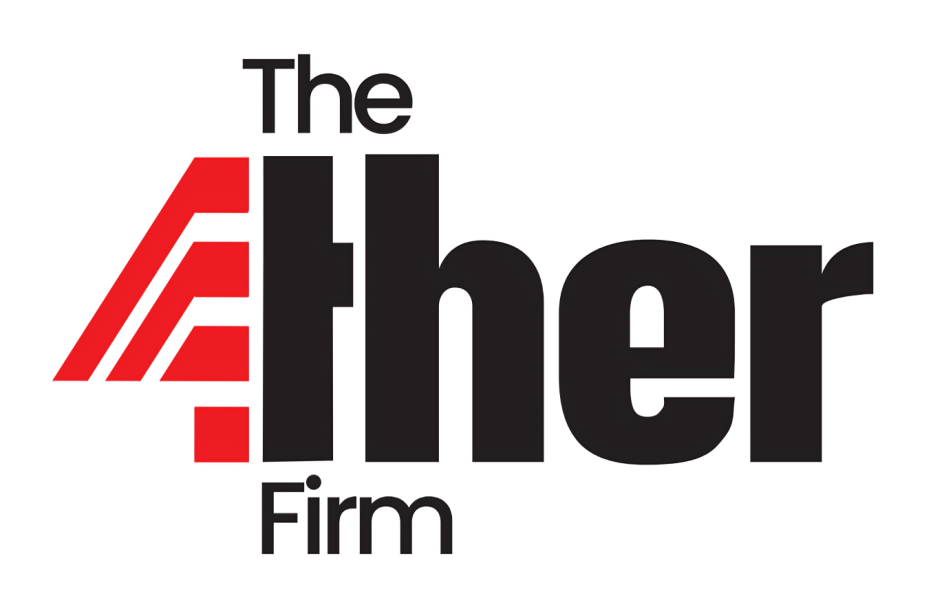
Every year, millions of dollars flow into capacity building programs across Africa. Organizations receive training on financial management, strategic planning, and project implementation. Workshops are conducted, certificates are awarded, and reports are filed claiming success. Yet six months later, many of these same organizations still struggle with the same fundamental challenges that the training was supposed to address.
The problem isn’t with the concept of capacity building—it’s with how most programs approach it. Through our strategic capacity building work across diverse sectors, our team has discovered that traditional training-focused models address symptoms rather than systems, creating temporary knowledge transfer instead of lasting organizational transformation.
The Capacity Building Paradox
Organizations that need capacity building the most are often least equipped to benefit from traditional approaches. This creates a paradox where resources intended to strengthen institutions sometimes reinforce existing weaknesses instead of addressing root causes.
The Traditional Model:
- Identify skill gaps through assessments
- Design training workshops to fill gaps
- Deliver content through expert-led sessions
- Measure success through participation rates and knowledge tests
- Expect organizations to implement new practices independently
The Reality: Research across 200+ African organizations shows that only 23% of participants in traditional capacity building programs successfully implement new practices beyond the initial three-month period. Even more telling, organizations that receive multiple rounds of similar training show minimal improvement in core operational metrics over time.
Why Traditional Capacity Building Falls Short
The failure of most capacity building initiatives stems from fundamental misunderstandings about how organizations actually change and grow.
Mistake #1: Treating Skills as Isolated Assets
Most programs focus on building individual competencies—financial management, proposal writing, monitoring and evaluation—without considering how these skills interact within existing organizational systems.
The Problem: An organization might have staff trained in excellent financial management but lack the governance structures, technology infrastructure, or cultural norms needed to implement these practices effectively.
The Result: Trained individuals become frustrated when they cannot apply new skills due to systemic barriers, leading to talent drain and organizational regression.
Mistake #2: Ignoring Organizational Culture
Traditional capacity building treats all organizations as blank slates ready to adopt best practices, regardless of existing cultural norms, power dynamics, or informal systems that actually drive decision-making.
The Problem: New processes that conflict with established cultural patterns will be abandoned as soon as external support ends, regardless of their technical superiority.
The Result: Organizations develop parallel systems—one for external reporting and compliance, another for actual operations—creating inefficiency and undermining integrity.
Mistake #3: Focusing on Deficits Instead of Strengths
Most capacity assessments begin by cataloging what organizations lack rather than identifying existing strengths that can be leveraged for growth.
The Problem: Deficit-focused approaches create dependency relationships where organizations see themselves as perpetually inadequate rather than capable entities that need strategic support.
The Result: Organizations become skilled at describing their weaknesses to attract support but struggle to articulate and build upon their unique value propositions.
The Systems Approach to Organizational Strengthening
Effective capacity building requires understanding organizations as complex adaptive systems where changes in one area affect all others. This systems approach focuses on strengthening organizational DNA rather than adding isolated skills.
Element 1: Start with Purpose Clarity
Before addressing operational challenges, ensure the organization has crystal clear understanding of its core purpose, unique value proposition, and theory of change.
Why This Matters: Organizations with unclear purpose cannot make strategic decisions about which capacities to prioritize or how to allocate limited resources effectively.
Practical Application: Our team begins every engagement with purpose clarification exercises that help leadership teams articulate not just what they do, but why they exist and what success looks like in concrete terms.
Element 2: Build Governance Before Operations
Strong governance structures provide the foundation for all other organizational capacities. This includes decision-making frameworks, accountability mechanisms, and conflict resolution processes.
Why This Matters: Technical skills are useless without governance systems that enable consistent implementation and continuous improvement.
Evidence: Organizations that strengthen governance first show 300% better retention of subsequent capacity building investments compared to those that start with operational training.
Element 3: Develop Systems Thinking Capabilities
Rather than teaching specific techniques, focus on developing leaders’ ability to understand interconnections, anticipate consequences, and design integrated solutions.
Why This Matters: In rapidly changing environments, the ability to adapt and learn is more valuable than mastery of current best practices.
Methodology: This involves scenario planning exercises, systems mapping workshops, and structured reflection processes that help leaders see patterns rather than just events.
Element 4: Create Learning Infrastructure
Build organizational capability to continuously identify, test, and integrate new approaches based on experience and changing circumstances.
Components:
- Regular reflection and learning cycles embedded in operational processes
- Documentation systems that capture both successes and failures
- Feedback mechanisms that connect organizational activities to impact outcomes
- Peer learning networks that provide ongoing support and knowledge sharing
Element 5: Align Incentives with Desired Behaviors
Ensure that formal and informal reward systems reinforce the behaviors and practices that the organization wants to cultivate.
Critical Insight: People do what gets rewarded, not what gets trained. If incentive systems remain unchanged, training investments will have minimal lasting impact.
Sector-Specific Capacity Building Approaches
Different types of organizations require tailored capacity building strategies:
Grassroots Organizations often have strong community connections but weak formal systems. Effective capacity building preserves community responsiveness while adding strategic planning and resource management capabilities.
Mid-Sized NGOs typically need governance strengthening and strategic positioning support to navigate the transition from founder-led to institutionally-managed operations.
Government Agencies benefit most from change management approaches that work within existing structures while introducing innovations that can be sustained through political transitions.
Private Sector Organizations in social impact spaces need support integrating social objectives with business sustainability, requiring hybrid capacity building approaches.
Measuring Real Capacity Building Success
Traditional metrics—training hours completed, certificates earned, policies written—tell us little about whether organizations are actually stronger. Effective measurement focuses on:
Organizational Resilience: Can the organization maintain effectiveness during leadership transitions, funding gaps, or external shocks?
Adaptive Capacity: Does the organization consistently improve its approaches based on experience and changing circumstances?
Impact Sustainability: Are the organization’s core programs delivering lasting results that persist beyond specific project cycles?
Stakeholder Confidence: Do funders, partners, and communities demonstrate increasing trust in the organization’s capabilities over time?
The Investment Perspective
Organizations and funders should view capacity building as long-term infrastructure investment rather than short-term skills transfer. Like physical infrastructure, organizational capacity requires initial investment, ongoing maintenance, and periodic upgrades to remain effective.
The most successful capacity building partnerships span 2-3 years with decreasing intensity over time, allowing organizations to internalize new approaches while maintaining access to strategic support during implementation challenges.
Building Capacity That Lasts
Sustainable organizational strengthening happens when external support catalyzes internal systems that continue driving improvement long after the formal engagement ends. This requires capacity building approaches that build ownership, develop internal expertise, and create organizational cultures of continuous learning.
The goal is not perfect organizations, but adaptive ones—institutions that can learn, grow, and evolve in response to changing circumstances while maintaining focus on their core purpose and values.
Our next post will explore the technology tools that are revolutionizing organizational effectiveness across Africa, from financial management systems to impact monitoring platforms. We’ll share specific recommendations for organizations at different stages of technological adoption and discuss how to avoid common digital transformation pitfalls.
Ready to build lasting organizational capacity? The 4ther Firm’s Strategic Capacity Building services use systems-based approaches that strengthen organizational DNA rather than just adding isolated skills. Our clients show measurable improvement in organizational effectiveness that persists years after engagement completion.
Contact our team to explore how strategic capacity building can transform your organization’s ability to achieve sustainable impact while attracting and retaining the resources needed for long-term growth.
